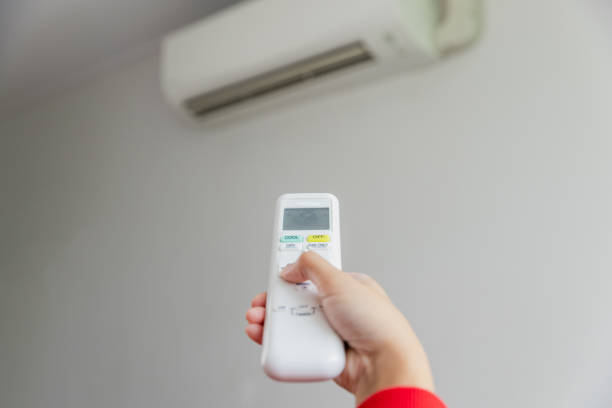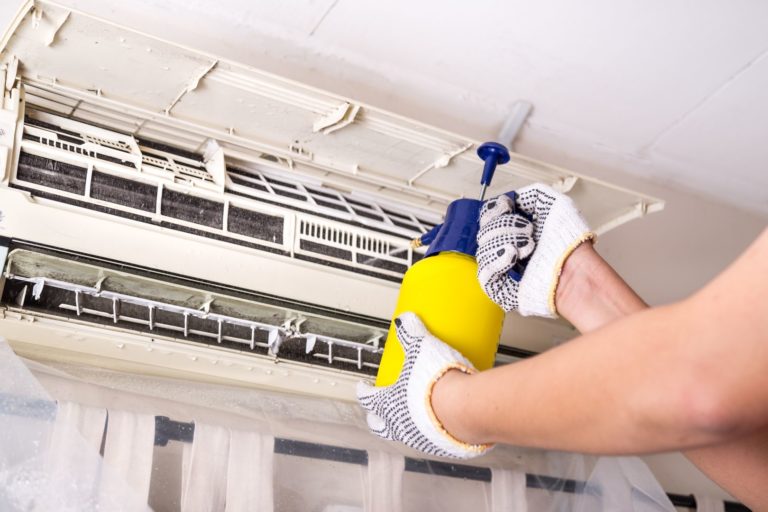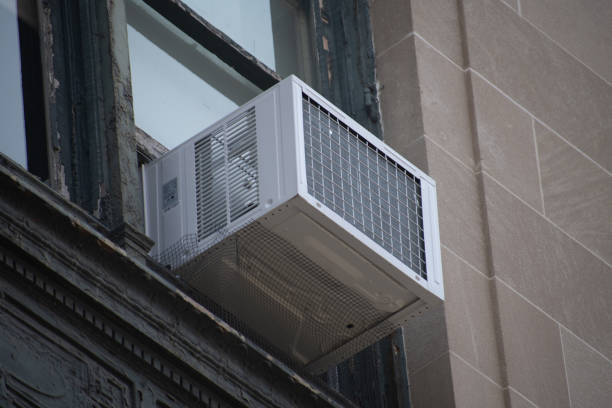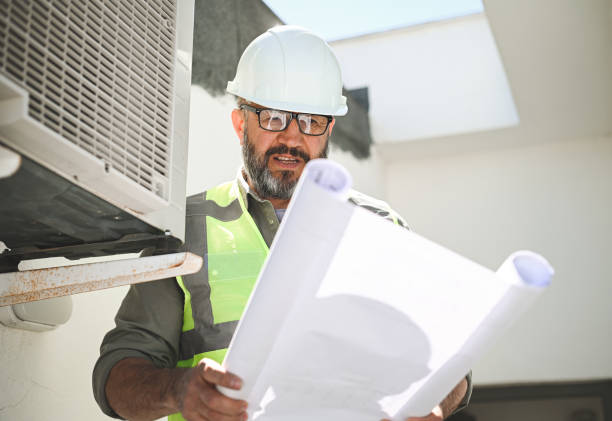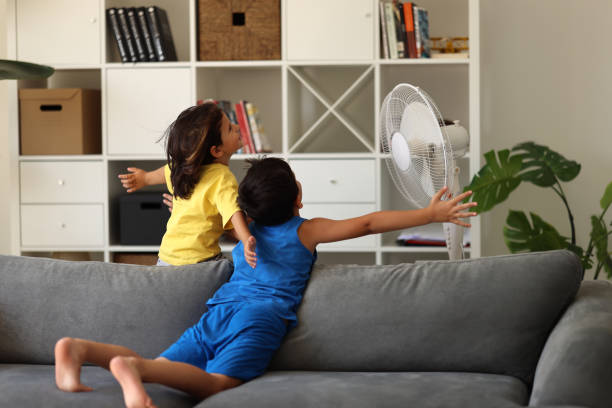What is the Difference Between Central AC and HVAC
It’s critical to maintain indoor comfort year-round today. HVAC (Heating, Ventilation, and Air Conditioning) systems and central air conditioning (AC) systems are two often utilized systems to do this. Even though these names are frequently used synonymously, they relate to separate technologies with unique features. Our goal at Cambridge Heating and Cooling is to make these distinctions clear so you can decide on the best climate control solution for your house or place of business. This thorough guide will examine the main differences, advantages, and factors to consider for HVAC and Central Air Conditioning Systems.
What Is Air Conditioning?
Define and Operate
Large interior rooms may be comfortably cooled using a central air conditioning system, sometimes known as central AC. It functions by forcing warmer air out of a building and filling it with colder air. This is how it functions:
Components: An interior evaporator unit and an outdoor compressor unit are standard parts of central air conditioning systems. Refrigerant is moved between the interior and outdoor units via the compressor.
Ductwork: A system of ducts distributes cold air throughout the building, ensuring uniform and steady cooling in every linked space.
Cooling Cycle: The system draws in heated air, uses the evaporator coil to cool it down, and then distributes the chilled air into the living areas through the ducts.
Optimal Applications
The following are the best uses for central air conditioning systems:
Big Homes and Offices: these units effectively chill whole buildings and work well in big, multi-room settings.
Uniform Cooling: Applied to areas where the building’s temperature must be regulated consistently.
Retrofitting: Central air conditioning is a simple improvement for existing homes that have ducting.
Advantages of Air Conditioning
Effective Cooling: Offers strong cooling capabilities for expansive areas.
Silent Operation: Compared to standalone window units or portable air conditioners, central air conditioning equipment are often quieter.
Aesthetic Integration: Central air conditioning preserves the beauty of your house or place of business by not having any visible units in the living areas.
What is HVAC?
Define and Operate
HVAC is an acronym for air conditioning, ventilation, and heating. The purpose of this system is to regulate the humidity, air quality, and interior temperature to give complete climate control. This is how HVAC systems function:
Heating: During the winter, components including boilers, heat pumps, and furnaces are used to generate warmth.
Cooling: HVAC systems use air conditioning components to chill the interior air, just like central air conditioning does.
Ventilation: This involves moving air around and cleaning it to keep indoor air quality high and pollutants out.
HVAC System Components
HVAC systems are increasingly intricate and comprise a range of parts:
Thermostats: Control units that regulate system performance in accordance with preferred interior temperature settings.
Heat Exchangers: Instruments used in heating and cooling that transfer heat from one medium to another.
Air Handlers: Components that move air across the system and adjust its quality.
Ductwork: Air distribution channels that provide ventilation, heating, and/or cooling throughout the structure.
Optimal Applications
HVAC systems are adaptable and good for the following:
Year-Round Comfort: They provide both heating and cooling, therefore they are perfect for areas with large seasonal temperature swings.
Air Quality Management: Structures where temperature control is not as vital as managing ventilation and air quality.
New Constructions: Perfect for brand-new buildings where thorough climate management is designed in from the beginning.
Advantages of Air Conditioning
All-in-One Solution: This integrated system combines ventilation, air conditioning, and heating.
Energy Efficiency: Contemporary HVAC systems are made to use energy as efficiently as possible for every purpose.
Advanced Controls: For accurate and programmable climate control, many HVAC systems have smart controls.
Key Distinctions Between HVAC and Central Air
Functionality Scope
Central AC: Cooling is the main purpose. Although it may be linked with a heating system, cooling the air is its main purpose.
HVAC: A full-service system that offers ventilation, heating, and cooling. It is a year-round remedy for preserving comfort within.
Complexity of the System
Central AC: Installing this system is typically easier and less expensive if you already have ducting. The maintenance of cooling components is the main emphasis.
HVAC: With so many functions, it’s more complicated. Components related to heating, cooling, and ventilation need to be given more thorough attention during installation and maintenance.
Energy Efficiency and Use
Central AC: When used in conjunction with a separate heating system, it may consume more energy for cooling alone.
HVAC: If a modern HVAC system has a heat pump or other high-efficiency component, it’s likely more energy-efficient overall.
Cost-Related Issues
Central AC: Usually less expensive up front, particularly if you already have ducting installed. Perfect for houses that want efficient cooling without a lot of extra features.
HVAC: greater starting expenses because of its complexity and many functions. But over time, with complete climate control and energy savings, it can provide superior value.
Making the best decision for your residence or place of business requires an understanding of the differences between HVAC and Central Air Conditioning Systems. HVAC systems provide a comprehensive solution for year-round temperature control, whereas central air conditioning concentrates on cooling. Each system has its own special benefits and best applications. Our goal at Cambridge Heating and Cooling is to assist you in locating the ideal solution for your comfort requirements. Get in touch with us right now to find out more about our professional services and how we can help you achieve the highest level of indoor comfort.

